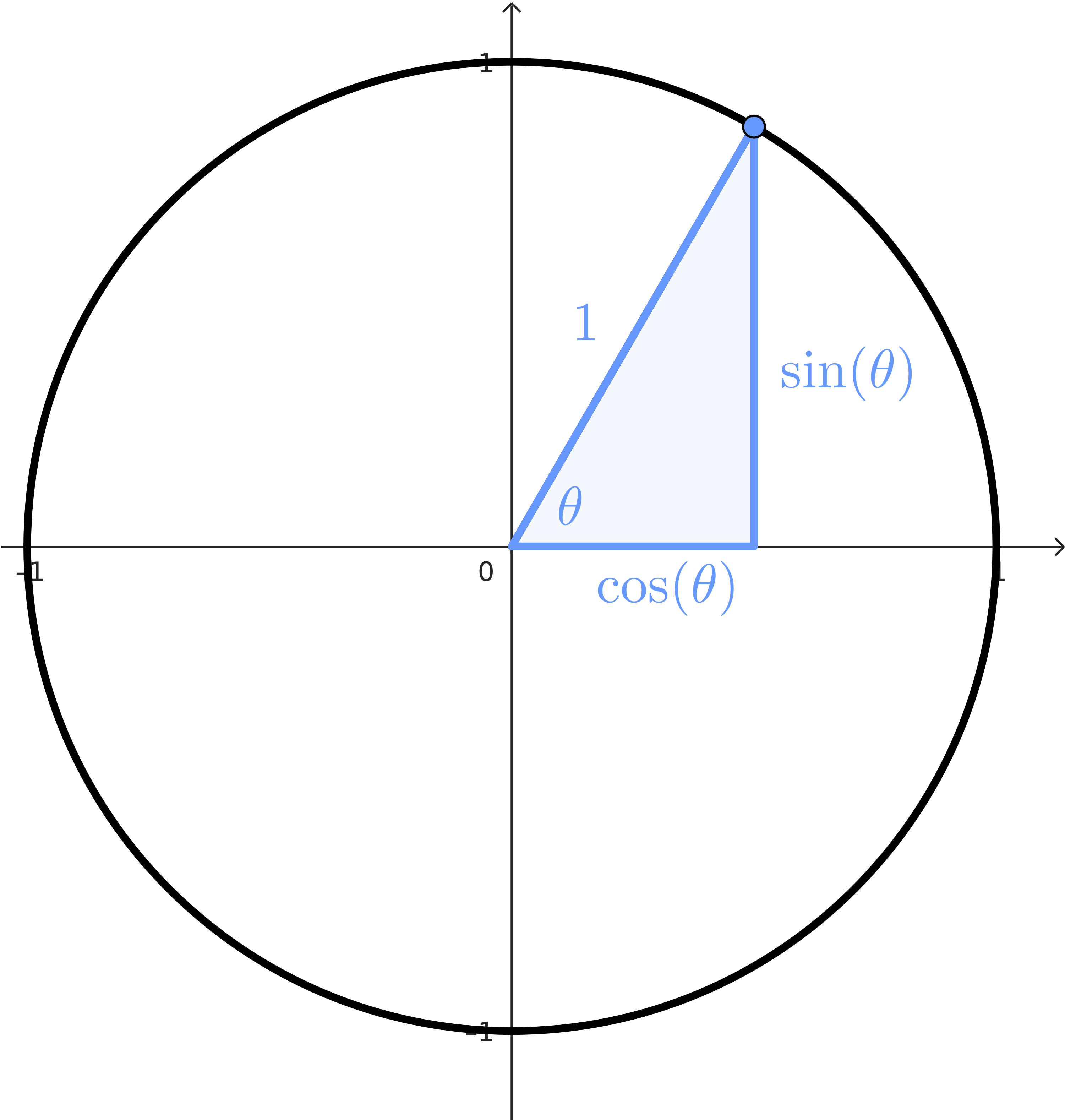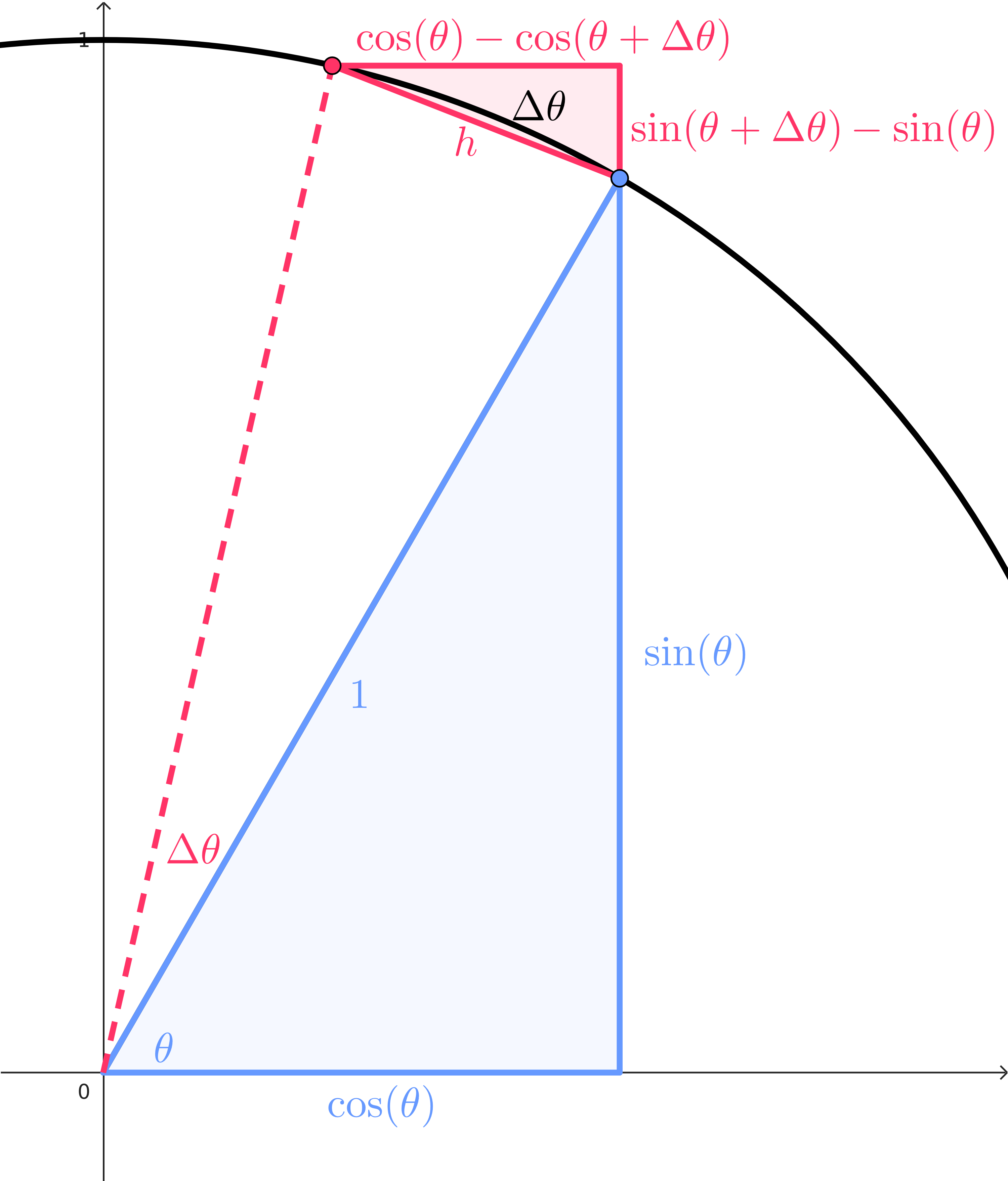Activity 2.3.1. Derivatives of Power Functions.
We’re going to do a bit of pattern recognition here, which means that we will need to differentiate several different power functions. For our reference, a power function (in general) is a function in the form \(f(x)=a(x^n)\) where \(n\) and \(a\) are real numbers, and \(a\neq 0\text{.}\)
Let’s begin our focus on the power functions \(x^2\text{,}\) \(x^3\text{,}\) and \(x^4\text{.}\) We’re going to use Definition 2.1.2 The Derivative Function a lot, so feel free to review it before we begin.
(a)
Find \(\dfrac{d}{dx}\left(x^2\right)\text{.}\) As a brief follow up, compare this to the derivative \(j'(x)\) that you found in Activity 2.1.3 Calculating a Bunch of Slopes. Why are they the same? What does the difference, the \(-4\text{,}\) in the \(j(x)\) function do to the graph of it (compared to the graph of \(x^2\)) and why does this not impact the derivative?
(b)
Find \(\dfrac{d}{dx}\left(x^3\right)\text{.}\)
(c)
Find \(\dfrac{d}{dx}\left(x^4\right)\text{.}\)
(d)
Notice that in these derivative calculations, the main work is in multiplying \((x+\Delta x)^n\text{.}\) Look back at the work done in all three of these derivative calculations and find some unifying steps to describe how you evaluate the limit/calculate the derivative after this tedious multiplication was finished. What steps did you do? Is it always the same thing?
Another way of stating this is: if I told you that I knew what \((x+\Delta x)^5\) was, could you give me some details on how the derivative limit would be finished?
(e)
Finish the following derivative calculation:
\begin{align*}
\frac{d}{dx}\left(x^5\right) \amp =\lim_{\Delta x\to 0} \left(\frac{(x+\Delta x)^5 - x^5}{\Delta x}\right) \\
\amp = \lim_{\Delta x\to 0} \left(\frac{(x^5+5x^4\Delta x + 10x^3\Delta x^2 + 10x^2\Delta x^3 + 5 x\Delta x^4 + \Delta x^5)-x^5}{\Delta x}\right)\\
\amp = \leadsto ...
\end{align*}
(f)
Make a conjecture about the derivative of a power function in general, \(\frac{d}{dx}(x^n)\text{.}\)
Something to notice here is that the calculation in this limit is really dependent on knowing what \((x+\Delta x)^n\) is. When \(n\) is an integer with \(n\geq 2\text{,}\) this really just translates to multiplication. If we can figure out how to multiply \((x+\Delta x)^n\) in general, then this limit calculation will be pretty easy to do. We noticed that:
-
The first term of that multiplication will combine with the subtraction of \(x^n\) in the numerator and subtract to 0.
-
The rest of the terms in the multiplication have at least one copy of \(\Delta x\text{,}\) and so we can factor out \(\Delta x\) and “cancel” it with the \(\Delta x\) in the denominator.
-
Once this is done, we’ve escaped the portion of the limit that was giving us the \(\frac{0}{0}\) indeterminate form, and so we can evaluate the limit as \(\Delta x\to 0\text{.}\) The result is just whatever terms still have at least one remaining copy of \(\Delta x\) in them “go to” 0, and we’re left with just the terms that do not have any copies of \(\Delta x\) in them.


